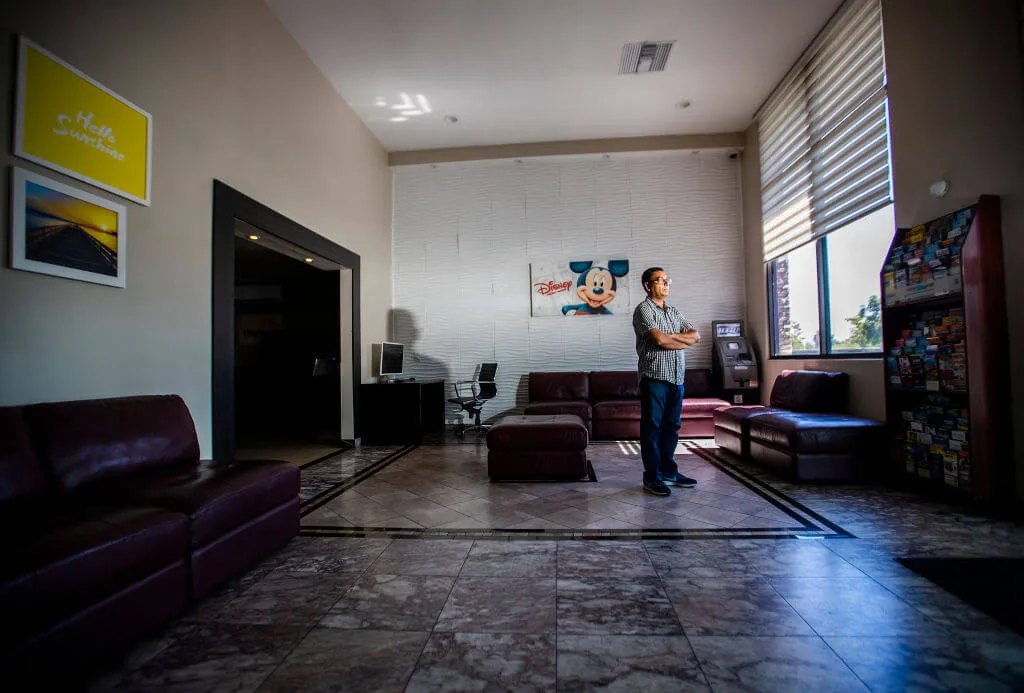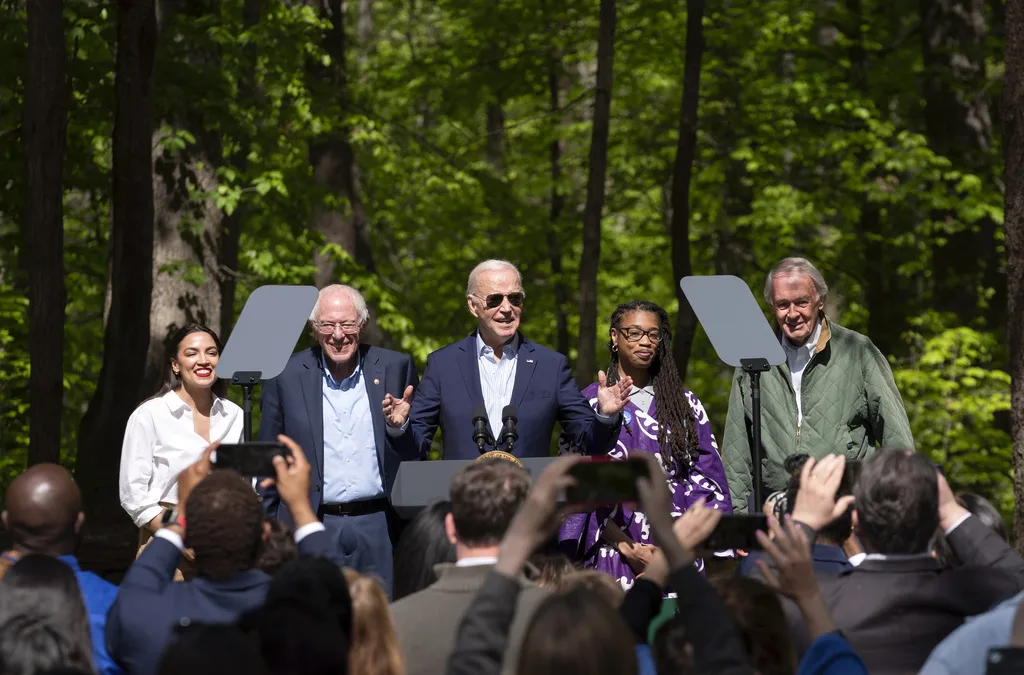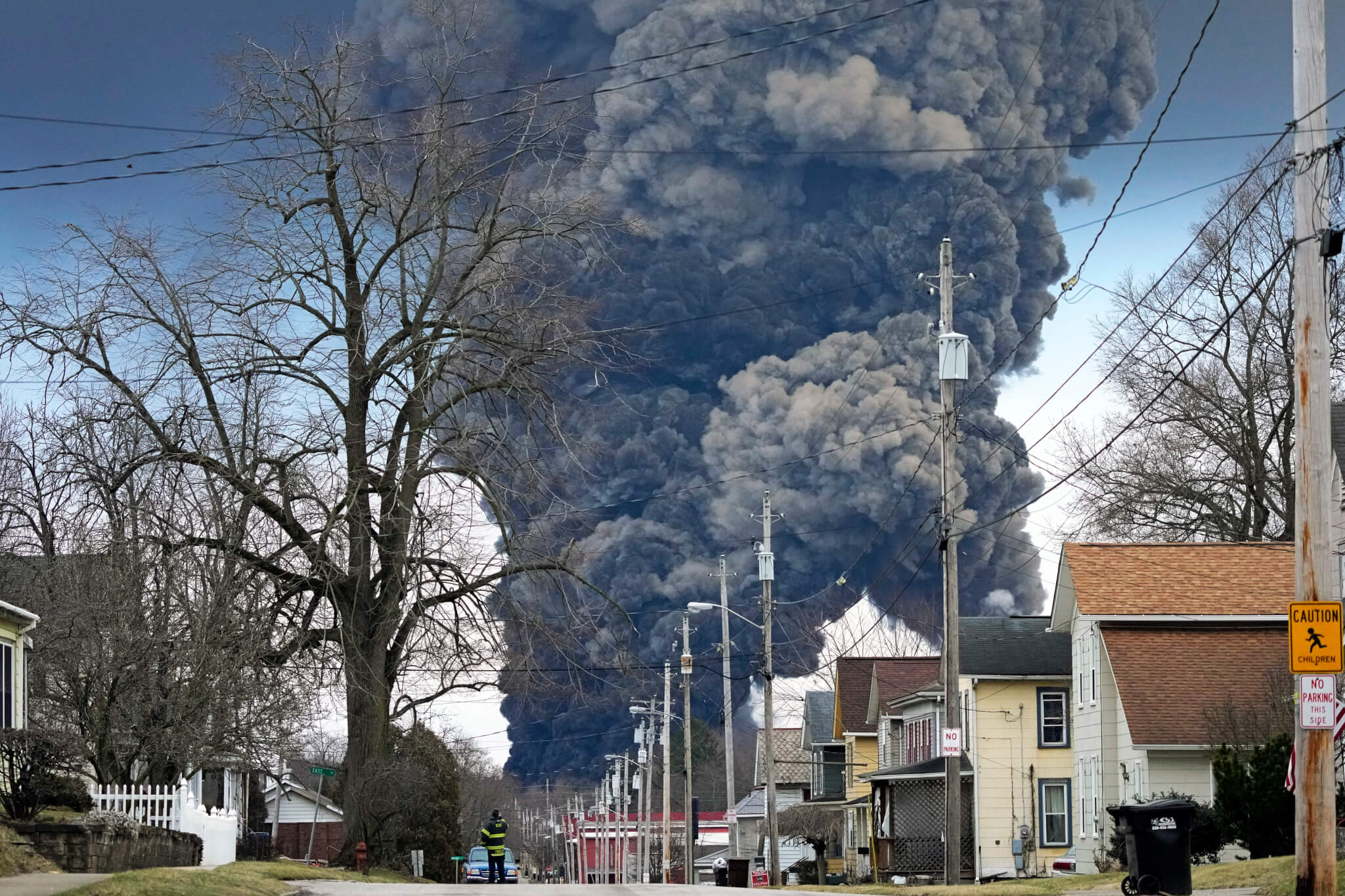
Ziul Islam Syed, general manager at Days Inn & Suites, looks out the window from his empty hotel lobby, that is normally bustling with customers across the street from Disneyland, which has seen a dramatic drop in business since Disneyland has been closed Wednesday, Sept. 30, 2020 in Anaheim. After suffering losses for months due to the coronavirus shut-down, Disney says it will lay off 28,000 employees across its parks, experiences and consumer products segment.(Allen J. Schaben / Los Angeles Times via Getty Images)
Nearly 50% of layoffs are now permanent, a major increase from just 10% of permanent layoffs in April.
The number of unemployed Americans has decreased since April, when it topped 23 million people, but things have definitely not returned to normal.
Last month, there were still 12 million unemployed workers in the United States, which is about twice the number of unemployed people in January, before the coronavirus pandemic started.
Even more concerning is the fact that job losses are increasingly permanent, according to a New York Times analysis. In April, just 10% of all layoffs were considered permanent, as businesses expected to return to normal operations quickly. But in September, permanent layoffs made up nearly 50% of all job losses.
That is the same ratio of permanent to temporary layoffs that was happening in January. But the total number of layoffs was still much higher in September, with 8 million people losing their jobs (4.3 million temporarily, 3.7 million permanently), compared to 2.5 million in January (1.1 million temporarily, 1.4 million permanently).
Federal Reserve Chair Jerome Powell on Tuesday warned that without additional stimulus from the federal government, the economic recovery would continue to falter.
“The expansion is still far from complete,” Powell said in a speech to the National Association for Business Economics, a group of corporate and academic economists. “Too little support would lead to a weak recovery, creating unnecessary hardship for households and businesses. Over time, household insolvencies and business bankruptcies would rise, harming the productive capacity of the economy, and holding back wage growth.”
Speaker of the House Nancy Pelosi and Treasury Secretary Steven Mnuchin have been trying to reach a deal for additional federal stimulus this week. Pelosi senior staffer Drew Hammill tweeted that the Speaker talked to Mnuchin on Monday, and expected to have another phone call on Tuesday.
Over the weekend, Pelosi explained that spending for coronavirus testing and tracing continues to be a roadblock, in an interview with CBS News’s “Face the Nation.” For months, Democrats have urged the Trump administration to establish a national testing strategy, which has not come to fruition.
The price tag is another major sticking point in the negotiations. Democrats passed a proposal back in May with $3.4 trillion in funding for things like state and local governments, another round of individual stimulus checks for Americans, and enhanced unemployment benefits. Republican lawmakers quickly dismissed the proposal for being too costly and came up with their own stripped-down plan.
In negotiations Democrats scaled back their proposal to $2.2 trillion by reducing aid to state and local governments and reducing how long the aid is given, but Republican leaders have not budged.
The two sides have agreed on another round of $1,200 stimulus checks for individuals, but have not reached an agreement on things like tax credits for families and enhanced unemployment benefits.
The news of renewed talks came soon after major employers like Disney and Allstate announced major job cuts, and airlines like United and American threatened furloughs without federal support.
The Associated Press contributed to this report.
READ MORE: ‘We Need Help’: Americans Are Spiraling Two Months After $600 Jobless Benefit Expired
Politics

Influencers and creators find new ways to engage young Philadelphia voters
Rec Philly, a space for creators and influencers, teamed up with Show Up Strong to get hundreds of young Philadelphia residents engaged in the...

New Biden rule protects privacy of women seeking abortions
Under the new rules, state officials and law enforcement cannot obtain medical records related to lawful reproductive health care with the goal of...

Biden marks Earth Day by announcing $7 billion in solar grants
The Biden administration on Monday announced the recipients of its Solar For All Program, a $7 billion climate program that aims to lower energy...
Local News

Conjoined twins from Berks County die at age 62
Conjoined twins Lori and George Schappell, who pursued separate careers, interests and relationships during lives that defied medical expectations,...

Railroad agrees to $600 million settlement for fiery Ohio derailment, residents fear it’s not enough
Norfolk Southern has agreed to pay $600 million in a class-action lawsuit settlement for a fiery train derailment in February 2023 in eastern Ohio,...





